Tag: fish spawning
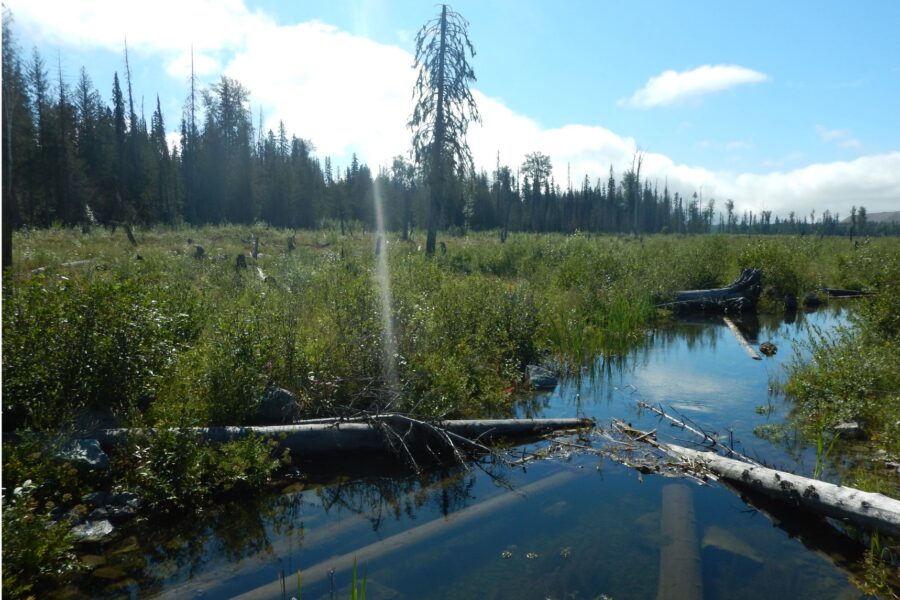
New Report Quantifies Success of Mount Polley’s Environmental Remediation
October 30, 2024
A newly released report, authored by a team of independent environmental consultants from WSP Canada, and Mount Polley Mine’s own Environmental Coordinator, confirms that the remediation efforts at Mount Polley Mine have succe… Read more »
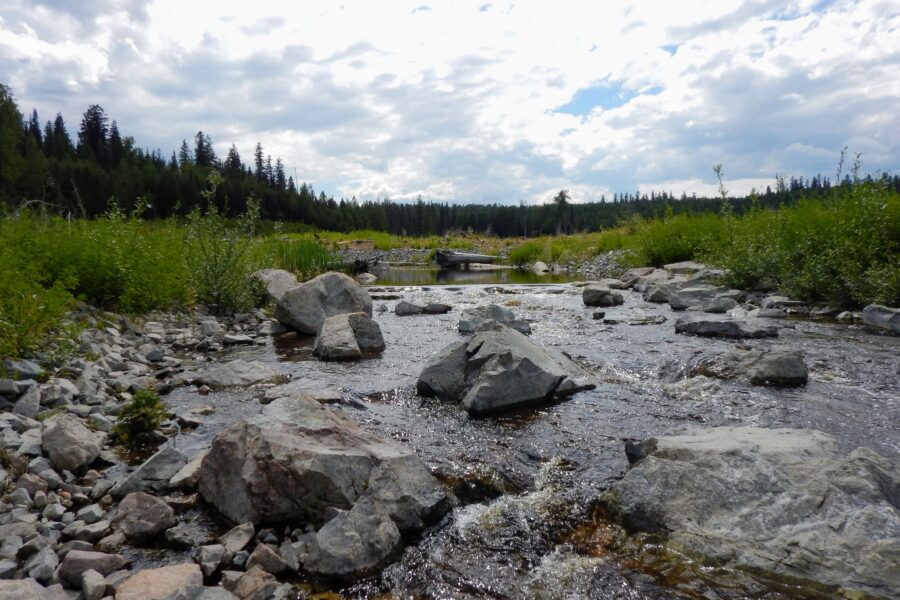
Mount Polley Mine: A Decade of Environmental Restoration and Progress
August 27, 2024
Written by C.D. (‘Lyn) Anglin, Anglin & Associates, North Vancouver BC, and member of the Board of Directors, Imperial Metals.
Ten years ago, the Mount Polley Mine experienced a significant environmental event when its tailings dam… Read more »
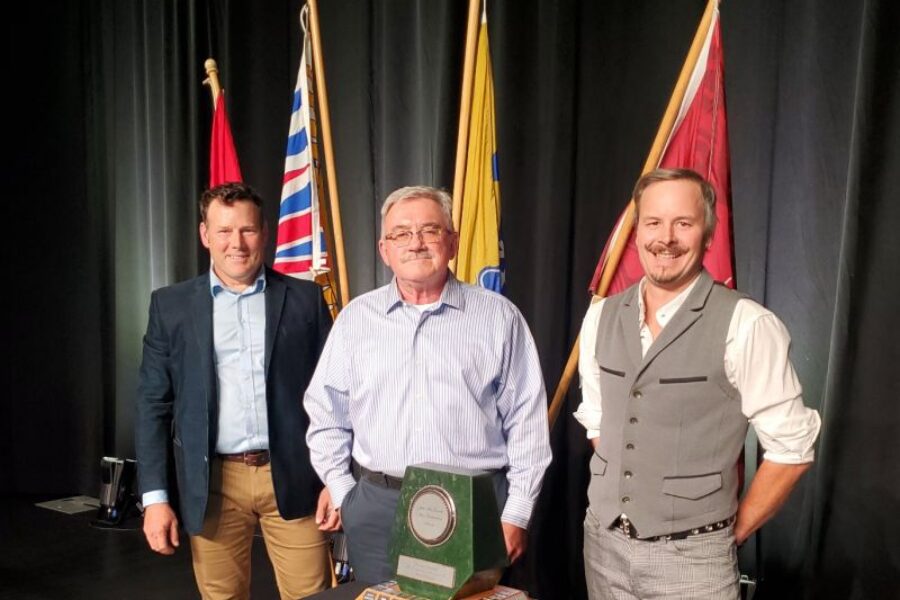
Mount Polley Honoured with Jake McDonald Annual Reclamation Award
October 16, 2023
🌿 Celebrating Excellence in Reclamation: Mount Polley Mining Corporation and Habitat Remediation Working Group Honoured with Jake McDonald Annual Reclamation Award 🌿
Imperial Metals is pleased to share that on September 20, 2023, Mou… Read more »
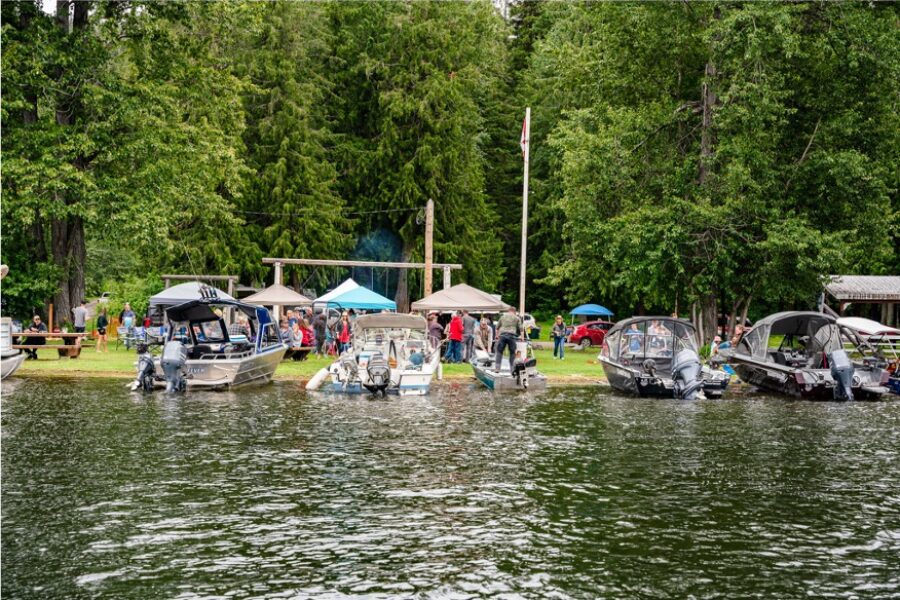
Community Update Q3 2022
February 13, 2023
Salmon Watch
For the second year in a row, significant numbers of adult Sockeye Salmon have been observed using the reconstructed habitat in the lower reaches of Hazeltine and Edney Creeks. Peak observations were made in mid September wit… Read more »
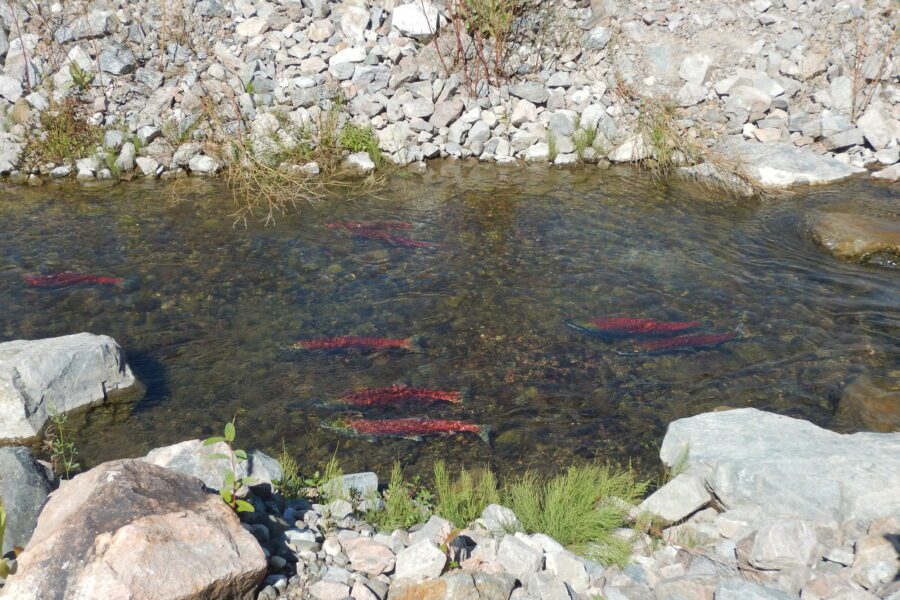
September Sockeye Salmon Run
December 16, 2022
This season we witnessed a great Salmon Run in Hazeltine Creek. Mount Polley’s environmental team along with the support of our environmental consultants at Minnow Environmental have continued to monitor use of the constructed creek ha… Read more »

Over 100 sockeye salmon adults return to spawn in Hazeltine Creek
October 5, 2021
After seven years of remediation work in Hazeltine Creek in response to the 2014 tailings dam breach, the salmon have returned to the creek to spawn. In stream work was completed in late August this year, just in time for the sockeye migratio… Read more »
![Abundant Rainbow Trout observed upstream of fish fences, looking to transit into Hazeltine Creek from Polley Lake to spawn. [May 2017]](https://www.mountpolley.com/wp-content/uploads/2020/08/rainbow-trout-polley-lake-900x600.jpg)
Fish populations thriving at Mount Polley
August 11, 2021
Habitat modelling reveals four times more juvenile fish are expected in Hazeltine Creek post-remediation efforts
Mount Polley Mining Corporation is pleased to report that fish populations are thriving at Mount Polley. Further… Read more »
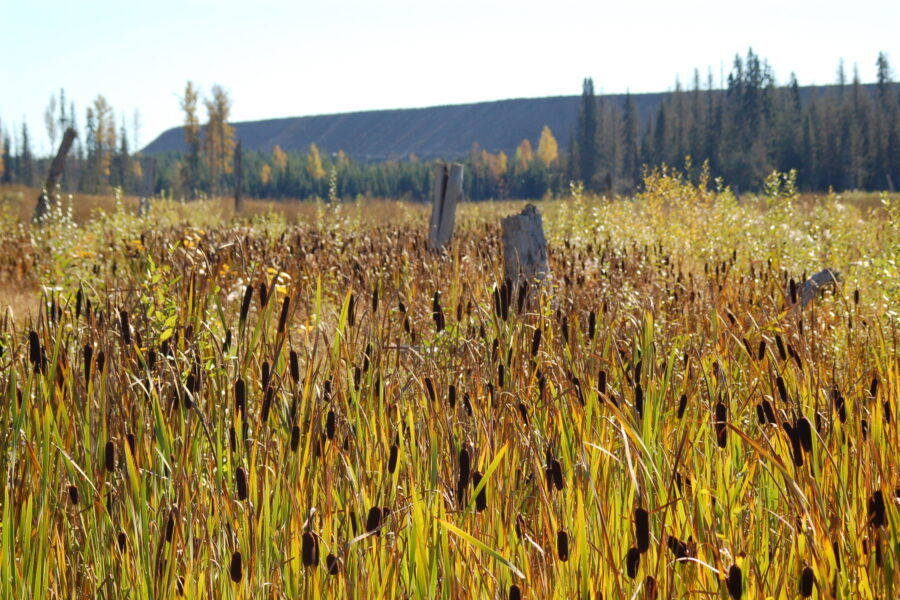
Mount Polley Environmental Monitoring
October 22, 2020
Environmental monitoring programs and closure research projects at Mount
Polley mine site continue as planned. Remediation
construction at the lower Hazeltine Creek and Edney Creek began this summer.
Mount Polley staff, with assista… Read more »
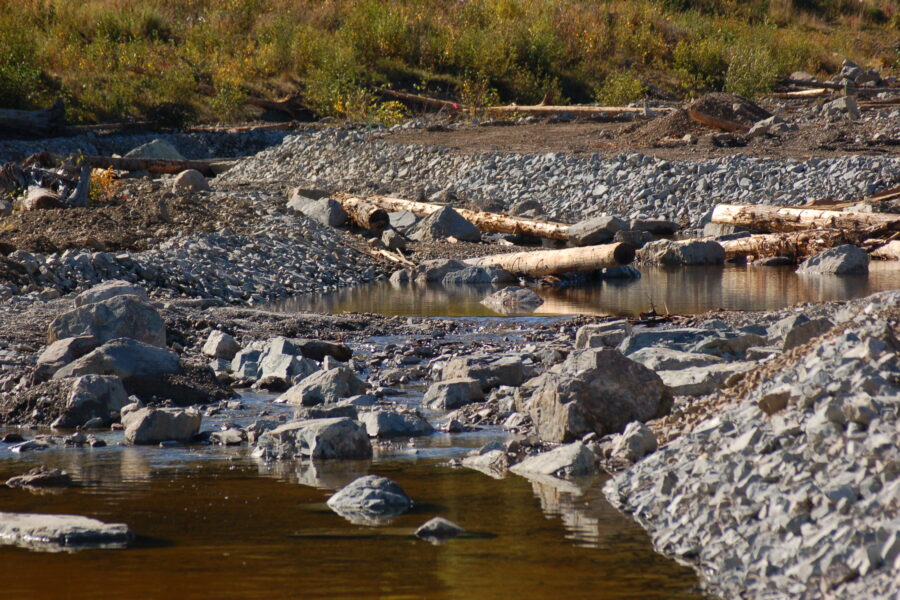
September site tour with the Habitat Remediation Working Group
October 14, 2020
The remediation of Hazeltine Creek has been planned and advanced through the direct collaboration of Mount Polley mine employees, government agencies, First Nations and their technical advisors. This collective is called the Habitat… Read more »
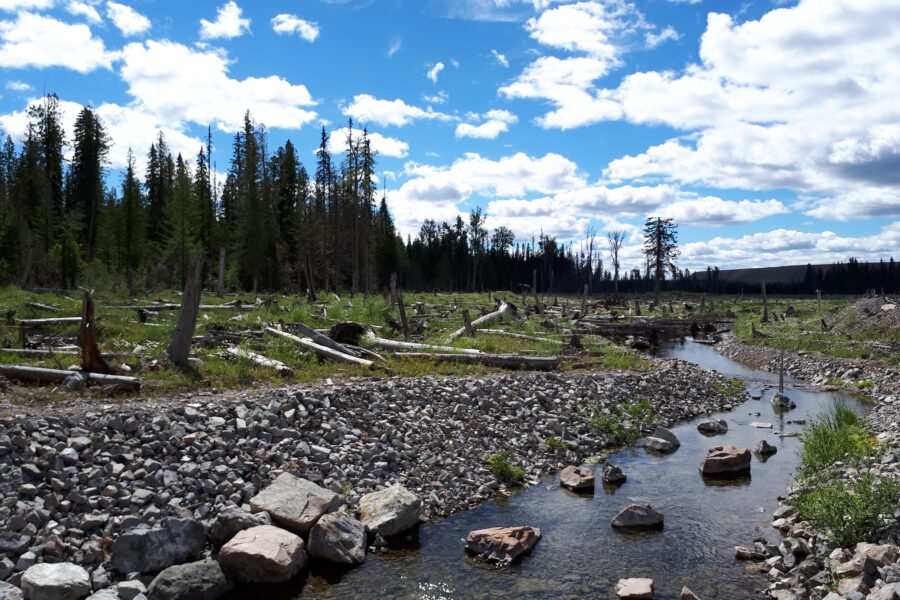
Rainbow trout return to Hazeltine Creek
August 21, 2020
In 2018 a milestone was celebrated by the Mount Polley Environmental Team (MPET) when the efforts of the remediation work rebuilding Hazeltine Creek witnessed the return of Rainbow Trout, Redside Shiners and Long Nose Suckers to the rebu… Read more »
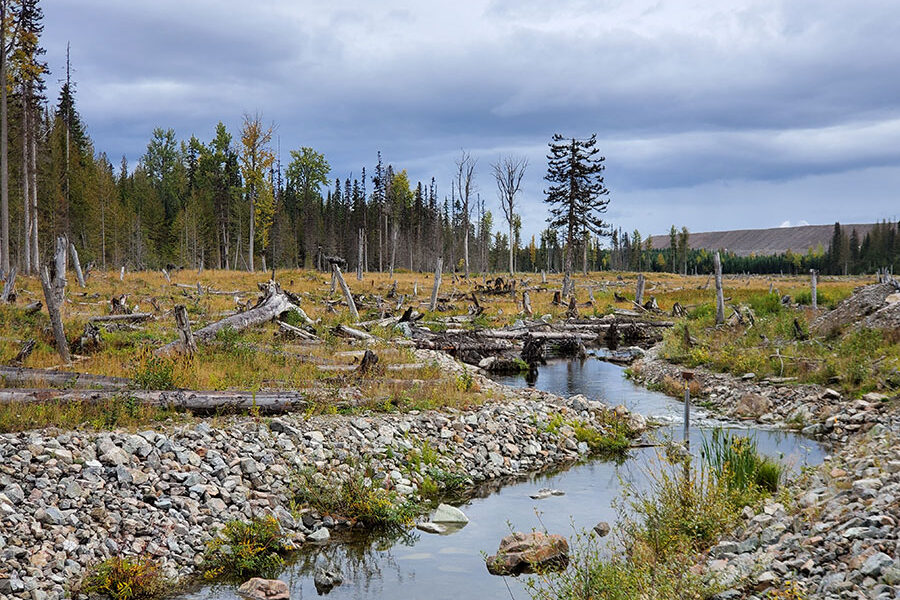
Major milestones of Mount Polley’s environmental remediation efforts to date
April 21, 2020
The remediation effort at Mount Polley is ongoing; however, we are very proud of the major milestones that have been completed to-date.
Repair of lower Edney Creek, re-establishment of link to Quesnel Lake and installation of new fish hab… Read more »

Mount Polley Remediation Story
January 15, 2020
This is the story of Mount Polley Remedition – from tailings spill to environmental recovery
Katie: “My name is Katie McMahen. I was born and raised here in Williams Lake and I was a member of the environmental team here at Mount… Read more »